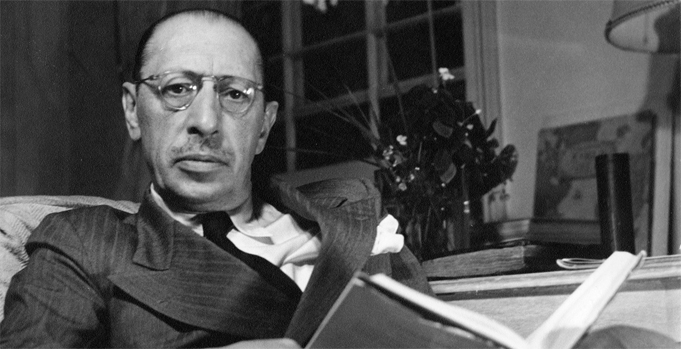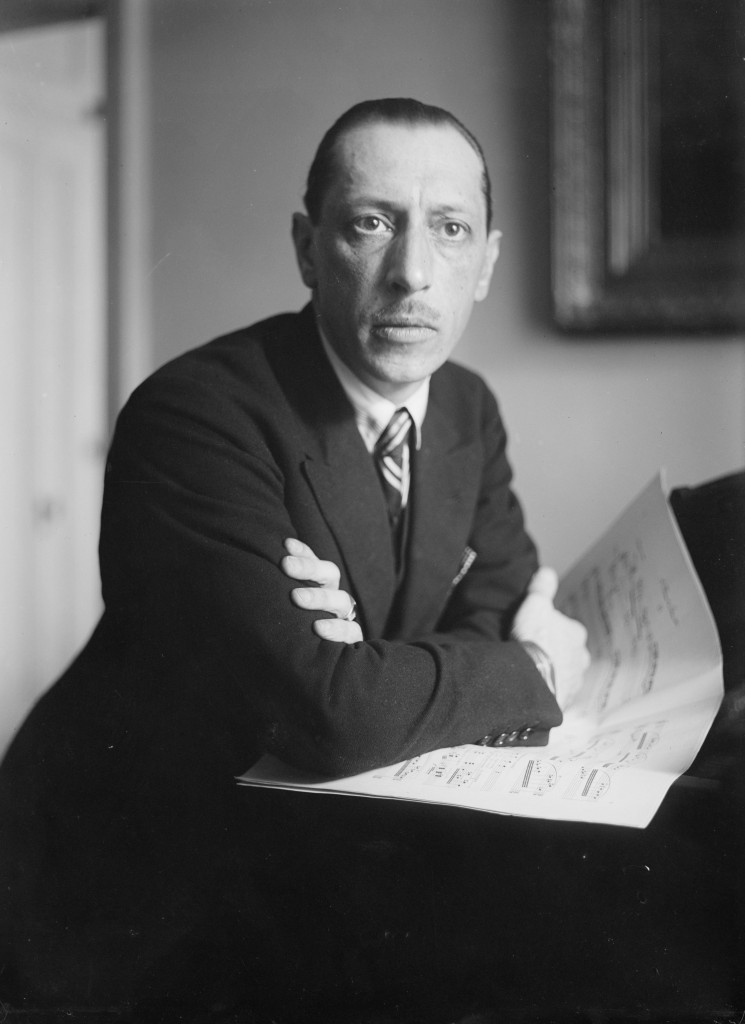Igor Stravinsky, a revolutionary figure in the world of classical music, captivated audiences with his innovative compositions, pushing the boundaries of musical expression. Known for his dynamic style and unconventional approach, Stravinsky’s works continue to inspire and influence composers to this day. In this blog post, we delve into the enigmatic brilliance of Igor Stravinsky, exploring his ten best songs that showcase his unique artistic vision.
- The Rite of Spring: Arguably Stravinsky’s most famous and groundbreaking composition, “The Rite of Spring” marked a turning point in the history of music. Its raw energy, rhythmic complexities, and unconventional harmonies revolutionized the classical music scene, leaving audiences both bewildered and enthralled.
- The Firebird Suite: “The Firebird Suite” is a mesmerizing and evocative orchestral work that showcases Stravinsky’s vivid storytelling abilities. With its lush melodies, vivid orchestration, and dramatic narrative, this piece established Stravinsky as a master of musical imagery.
- Petrushka: “Petrushka” is a ballet that tells the story of a puppet brought to life and struggling with human emotions. Stravinsky’s vibrant and colorful score captures the whimsical nature of the narrative, employing dissonant harmonies and energetic rhythms to create a sense of tension and excitement.
- Symphony of Psalms: Stravinsky’s “Symphony of Psalms” is a profound and spiritually charged choral masterpiece. Combining elements of Russian Orthodox chants and modern compositional techniques, this symphony showcases Stravinsky’s ability to blend tradition with innovation, resulting in a deeply moving and transformative listening experience.
- The Soldier’s Tale: “The Soldier’s Tale” is a theatrical work that merges music, narration, and dance. Stravinsky’s score, with its jazz-inspired elements and rhythmic complexity, perfectly complements the story’s themes of temptation, morality, and the human condition.
- Apollon Musagète: Inspired by Greek mythology, “Apollon Musagète” is a neoclassical ballet that exudes grace and elegance. Stravinsky’s refined melodies and exquisite orchestration pay homage to the classical era while infusing the piece with a distinct modern sensibility.
- Oedipus Rex: In “Oedipus Rex,” Stravinsky tackles the ancient Greek tragedy with a powerful operatic work. Combining Latin text, dramatic choral sections, and expressive orchestration, he creates an intense and emotionally charged musical experience.
- Le Sacre du printemps (The Rite of Spring): Aptly referred to as a musical earthquake, “Le Sacre du printemps” shook the foundations of traditional composition. Stravinsky’s daring use of irregular rhythms, driving percussions, and dissonant harmonies ignites a primal energy that continues to captivate listeners.
- Dumbarton Oaks: “Dumbarton Oaks” is a chamber concerto that showcases Stravinsky’s ability to compose for smaller ensembles. With its intricate interplay between instruments and intricate contrapuntal lines, this piece demonstrates his mastery of form and structure.
- Symphony in Three Movements: Written during World War II, the “Symphony in Three Movements” reflects the turbulence and uncertainty of the time. Stravinsky’s use of bold and powerful orchestration combined with rhythmic vitality captures the essence of the era, making it a poignant and compelling composition.
Conclusion:
Igor Stravinsky’s musical genius lies in his ability to push boundaries, challenge conventions, and create innovative compositions that transcend time. Whether it’s the primal energy of “The Rite of Spring” or the evocative storytelling in “The Firebird Suite,” each of these ten songs represents a milestone in the composer’s illustrious career. Exploring Stravinsky’s works opens a gateway to a world of musical adventure and invites us to appreciate the profound impact he has made on the classical music landscape.


Comments are closed